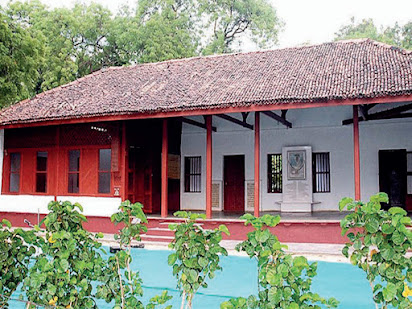AMRIT FESTIVAL OF INDEPENDENCE "A Tribute to Heroes of Indian Freedom Struggle"
India's Forgotten...? Freedom Fighter...?
Progressive is an initiative of the Government of India to commemorate and celebrate 75 years of India's independence and the proud history of its people, culture, and achievements.
Prime Minister Shri Narendra Modi inaugurated the 'Azadi Ka Amrit Mahotsav' by flagging off the 'Dandi March' from Sabarmati Ashram, Ahmedabad on March 12, 2021. The celebrations began 75 weeks before our 75th anniversary of independence and will end on 15 August 2023.
Salute to the forgotten freedom fighter.
Department of Higher Education, Department of School Education and Literacy carried out various activities under 'Azadi Ka Amrit' is planned. Many revolutionaries contributed to the independence of India, but unfortunately we Indians forgot their contribution. Such were the great heroes of freedom.
Baba Gurdit Singh.....?
komagata maru……?
Baba Gurdit Singh (25 August 1860 – 24 July 1954)
Baba Gurdit Singh was born in 1860 at Sarhali in the Amritsar district of Punjab province in British India. In 1914 he hired a Japanese ship, the Komagata Maru, to sail to Canada, reaching Vancouver on 23 May 1914. The government did not allow the ship to anchor and in the night the ship was attacked by the police. The attack was repulsed by the travelers and it caused a great stir among Indians in Canada. Baba Gurdit Singh was the central figure in the Komagata Maru incident of 1914.
Baba Gurdit
Singh's grandfather, Sardar Ratan Singh was a high-ranking military officer in
the Sikh Khalsa Army and fought against the British during the First and Second
Anglo-Sikh Wars. After the British occupation of Punjab, his father Sardar
Hukam Singh moved to Malaya where he settled as a contractor.
Gurdit Singh
received very little education in his childhood. At the age of 13, he took
private elementary education so that he could correspond with his father in
Malaya.
Gurdit Singh visited Malaya in about 1885 and did business in Singapore and Malaya as a contractor. He returned from there in 1909. In 1911, he raised his voice against forced labor. He wrote to the government complaining against the officials who forced the poor villagers to work for him without remuneration, and when he got no response, he subjected the people of his village to begar (forced labor). encouraged to refuse to be.
Gurdit Singh was aware of the problems Punjabis were facing in moving to Canada due to the exclusion laws. He was also apparently aware of the rules of January 1914, when he chartered the Komagata Maru with the purported goal of challenging continued travel regulation and opening the door for immigration from India to Canada. They believed that they could circumvent this law by renting a boat from Calcutta to Vancouver.
At the same
time, in January 1914, he publicly supported by Ghadar party while in Hong
Kong.
The Ghadar Party was an organization founded by Indians from the United States and Canada in June 1913 with the aim of freeing India from British rule. It was also known as the Hindi Union of the Pacific Coast.
Baba Gurdit Singh survived and remained underground for many years till 1920, he voluntarily surrendered at Nankana Sahib and was imprisoned for five years. Later he settled in Calcutta. He died on 24 July 1954 in Amritsar and his last rites were performed in his native village Sarhali Kalan, Tarn Taran.















Comments
Post a Comment
please do not enter any spam link in the comment box